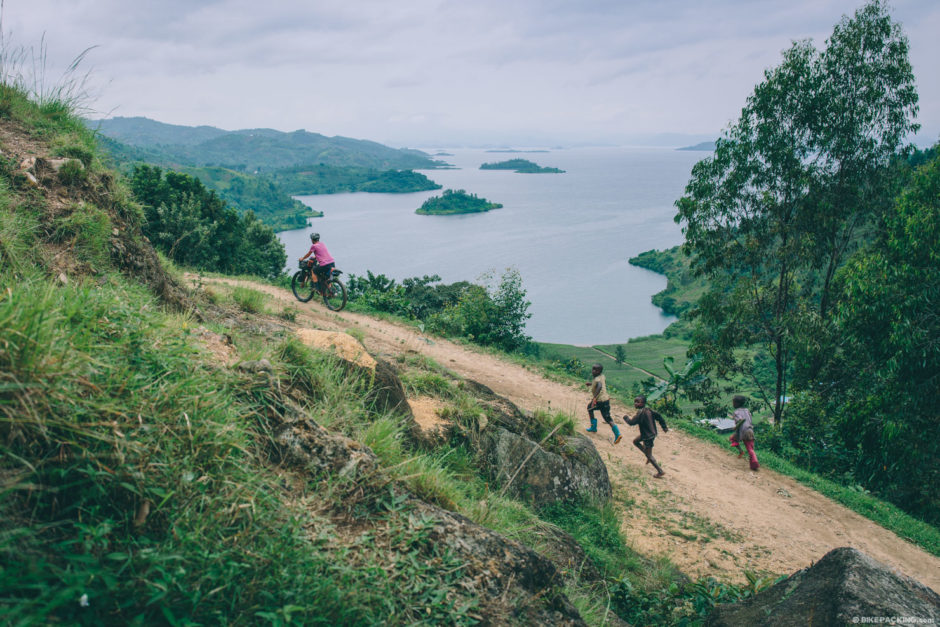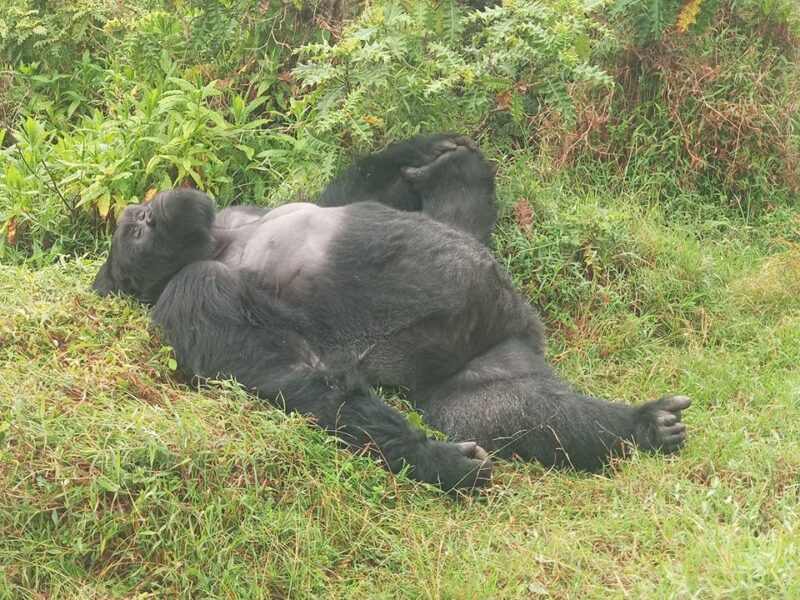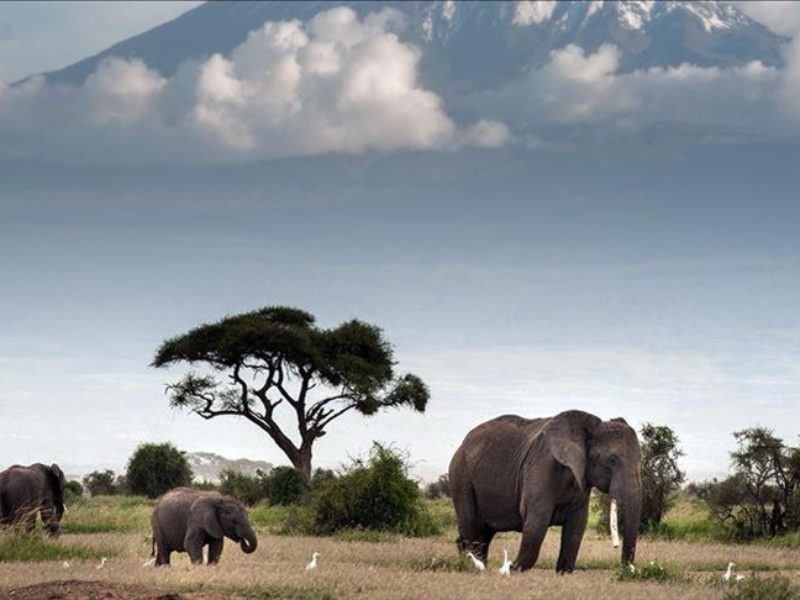
RWANDA’S NEW ‘CONGO NILE TRAIL’ –HIKING THROUGH RURAL AFRICA
Kilimanjaro and Mt. Kenya, treks into the Rwenzori Mountains, or hikes up Mt. Elgon have long been available, hiking across rural Africa has not. It is the first such trial of its
‘Before I explored the new Congo Nile Trail, at least the part from Kibuye to Gisenyi, questions were asked of my sanity, how anyone could walk across rural Africa, considering the presence of wild animals, opportunistic bandits, and reckless drivers ready to catapult one into the nearest ditch. Of course, I have dealt with questions of this nature for a long, but those ‘ignorant never seem to stop bringing that up. They also never deter me from doing something new, something others have not done yet but something I always feel others should do too, to gain the experience life’s memories are made of……………..
In the first part of the Congo-Nile trail which hugs the shores and mountains along Lake Kivu from Kamembe to Gisenyi. We talked about the newly introduced Congo Nile Trail. This is the second part of the trail Congo Nile Trail We had our 4×4’s in attendance at all times, being a media trip and trial run for the trail ahead of the official launch, but while on foot we could have crossed anywhere, some sections were a challenge for the cars. The route from Kinunu to Gisenyi, where the 72 wooden bridges and crossings are progressively being replaced with new concrete bridges, to the relief of the locals who no longer need to fear ‘their bridge’ being swept away.
In fact, many of them have been employed to actually work on the construction teams, generating some much-needed income for the local communities while substantially improving their local infrastructure and making their roads truly all-weather, all year round. Having the cars ‘around’ also helps to assist more quickly in case of a sprained ankle, or – when king – tend to the scratches and knocks sustained in a fall, and having a 4×4 ‘escort’ which carries the luggage and periodically teams up with the hikers, can be arranged by the trail guides and trip organizers at a cost of course.
The Congo Nile Trail is breaking new territory, breaking new ground, and while climbs up Kilimanjaro and Mt. Kenya, treks into the Rwenzori Mountains or hikes up Mt. Elgon have long been available, hiking across rural Africa has not. It is the first such trial of its kind in eastern Africa and runs along some of the most scenic parts of Rwanda, and the Democratic Republic of Congo is always within sight across the waters of Lake Kivu. RDB in conjunction with local communities has created a sure winner and I for one wish to come back and hike the sections of the trail not covered by this special trip.
And in closing some practical hints: good hiking boots are essential, as are rainskins because during my hike it rained every day, at times very heavily indeed. Waterproof backpacks are equally important, to avoid equipment or spare clothes getting wet. Umbrellas are not really suitable as hikers always need both hands free. Trips can be arranged through licensed tour operators or the Congo Nile Trail organization, which also attaches trained guides to the hikers. Information can be found via www.rwandatourism.com or via the RDB website www.rdb.rw.
And printed material including an excellent map is available while a dedicated website for the trail is about to be launched, soon after the trial itself was being formally declared open. Discover Rwanda’s hidden treasures via the Congo Nile Trail, the very latest tourist attraction to explore the country by hiking, biking, 4×4’ing, or boating. The spirit of Christmas at L’esperance; an orphanage with a difference.When on the newly created ‘Congo Nile Trail’ a few weeks ago, which hugs the shores and mountains along Lake Kivu from Kamembe to Gisenyi, a side trip to a unique orphanage, ‘L’Esperance’ in Kigarama, captured my attention and imagination to such an extent, that it has not left my mind since then. Over the holiday season, I was repeatedly thinking of those children, and their caregivers and foster parents, especially as Christmas Eve came calling. And when Christmas Day finally dawned, it reminded Amahoro Island’s landing.
Photo Prof. Dr. Wolfgang me of what I had seen there, and how like magically L’Esperance was gifted with the spirit of Christmas, seemingly for the entire year. Christmas, after all, is supposed to be a season of sharing, especially with the disadvantaged, the less fortunate, and those in greater need than oneself, and at L’Esperance that spirit was ever-present, even in November when I visited, and surely prevails throughout the year. Set high in the hills above Lake Kivu, this orphanage is unique in many ways, not the least for aiming to become self-sufficient in all their aspects of daily needs, although the Rwandan government has thankfully stepped in to absorb school and education fees for the children who found a home in the truest sense at L’Esperance.
At least 120 children and infants were at L’Esperance at the time I visited in November and we, I was part of a media invitational tour of the new ‘Congo Nile Trail’ just before it was officially launched, were received with such warmth and genuine affection, that there and then I decided that this was a story worth telling in greater detail. L’Esperance is part of a German-based NGO, Children’s Aid International, and came to Rwanda in 1995, the year after a gruesome genocide had killed more than 800,000 people and left tens of thousands of orphans in its wake. However, in the midst of this tragedy of epic proportions, the idea was conceived to bring L’Esperance to Rwanda and create a place of refuge, safety,
and caring love for those little ones who had survived, and yet unbeknown to many of them – due to their tender age – also had lost their entire families. Initially set up to cater for but 100 children and infants, L’Esperance is now the home to 128, some of them still there since they first were welcomed in 1995 as babies and toddlers while others have since then joined. Yet others have completed school, gone to university, graduated with honors, and are now ‘old boys and old girls’ of L’Esperance, the ONLY home they have ever known since a cruel fate had robbed them of their families in 1994.
Volunteers from around the world, the United States, the Netherlands, and even from Poland are giving their time and effort to work with the children and make their own personal contribution. The team at L’Esperance has led by self-professed ‘dictator’ Victor Monroy, who presented himself as anything but a dictator but a gifted communicator, able leader, and visionary head of the Kigarama orphanage. His intention is to create a totally self-sustained facility able to feed itself, educate the kids, and offer them the opportunity to ‘become anything they want to become, anything they want to be’ as he put it to me when we discussed his work. Given half a chance to talk about L’Esperance, Victor would launch into both histories as well as the future of the orphanage, all at once, buoyed by the chance to get the message out to the world what good has been achieved and how much more could be accomplished given the right support with the right tools, through donations aimed to expand and improve the existing facilities. And going by the impressive list of existing partners, he and his totally committed team of volunteers and staff have made an impression around the world.
Engineers without Borders – from the Johnson Space Centre in Texas and from Colorado University, The Manna Energy Foundation, United States, A Better World, Canada, Global Water Challenge, Washington DC, Catholic Relief Services, Birambye International, United States are just a few major names who have in the past and continue to assist L’Esperance at Kigarama to make certain that the children there not just have a chance of a productive future but are equipped to take such chances with both hands.
Set in more than 20 acres of fertile land, L’Esperance is growing all their fresh produce themselves, and having planted hundreds of avocado and mango trees are also able to sell to nearby markets, generating sustainable income for the orphanage which can then be used to purchase other items such as sugar, salt, cooking oil, detergents and a range of other goods needed every day to keep the ‘wheels turning’. 6 ‘houses’ are the ‘homes’ of the children, each one led by a member of staff who is the focal point and ‘mother and father’ to the kids, someone they can relate to and can conide in.


